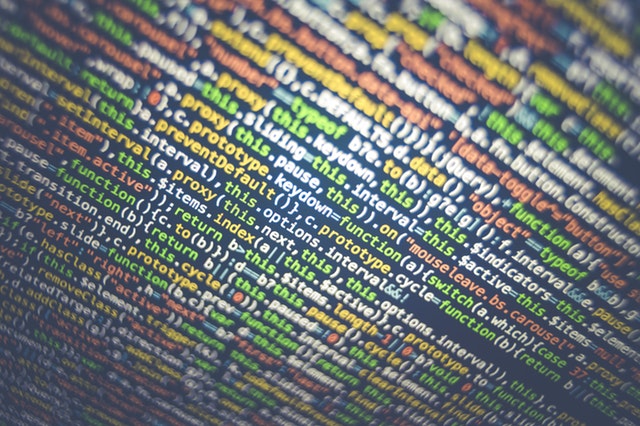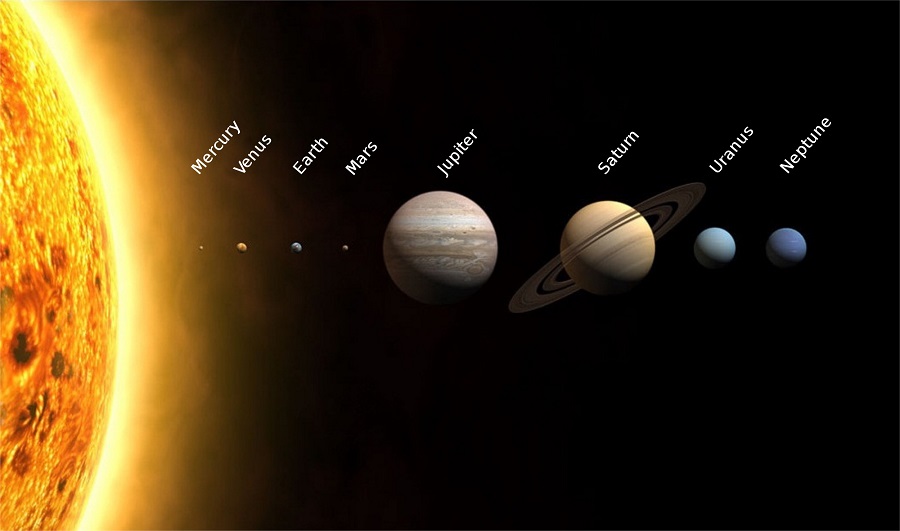What is Big Data?

What is Big Data?
Data is gathered from everywhere like our computers, devices, and smartphones that collects various information and transmit the same on what we do. Big data is used to develop an understanding of customer’s behaviors and preferences for multiple purposes. The possible applications of big data are endless. Big data is a very great opportunity for business houses.
The world is becoming an increasingly digital space. We manage, share and store our lives online. Data is gathered from our devices, computers and smartphones that collect and transmit information of what we do. So we are constantly producing a lot of data, for example via social media and GPS, but it goes way beyond that. Study says that 55 million pictures, 340 million tweets and 1 billion documents are uploaded on a daily basis. Thus we produce 2.5 quintillion bytes a day. We call this big data.
The following video will make this clearer.
Contents
What is Big Data?
Big data basically refers to huge volume of data that cannot be stored and processed using the traditional approach within the given time frame.
How huge this data should to be, in order to be classified as big data?
We usually use the term Big Data to refer to the data that is either in gigabytes or terabytes or anything that is larger than this in size. This does not define the term Big Data completely. Thus the size does not really term the particular data as big data. Even a small amount of data can be referred to as big data depending on the context it is being used. For example, if we try to attach a document that is of 200 megabytes in size to an email, we would not be able to do so as the email system would not support an attachment of this size therefore these 200 megabytes of attachment with respect to email can be referred to as Big Data.
Real World Examples of Big Data
- Various social networking sites such as Facebook, Twitter and YouTube, each of these sites receive huge volume of data on a daily basis. It has been reported on some of the popular tech blocks that Facebook alone receives around 100 terabytes of data each day, whereas Twitter processes around 400 million tweets each day. Coming to YouTube, it has been reported that each minute around 48 hours of flash videos are uploaded to YouTube. Large volume of data is being stored and processed on these sites. But as the number of users keeps growing on these sites, storing and processing this data becomes a challenging task. Since this data holds a lot of valuable information, it needs to be processed in a short span of time. By using this valuable information companies can boost their sales and generate more revenue. If we would had used traditional computing system approach, we would not be able to accomplish this task within the given time frame, since the computing resources of the traditional computing system would not be sufficient for processing and storing such huge volume of data. Therefore we can term this huge volume of data as big data.
- The aircrafts, while they’re flying, they keep transmitting data to the air traffic control located at the airports. The air traffic control uses this data to track and monitor the status and progress of the flight on a real-time basis. Multiple aircrafts transmits this data simultaneously which leads to the accumulation of huge volume of data at the air traffic control within a short span of time. It becomes a challenging task to manage and process this huge volume of data using the traditional computing approach. Hence we can term this huge volume of data as big data.
How does it work?
To process big data, you don’t need huge computers. People work with the cloud and endless network of normal servers and powerful algorithms. This way they can analyze over a million pieces of data in minutes and get the result.
Big Data in future
Big data could be invaluable for business. It could provide a window into the lives of customers that we have never previously imagined. But there is a problem. How do we unravel the strands of big data and pick out the relevant parts? Data comes from so many sources. How do we know where to look and how do we access it? In short how do we turn all this information into knowledge?
Businesses are already using big data to better understand and predict customer behavior and optimize and improve business processes. For example, video streaming website Netflix, analyzed the big data of their viewers. They analyzed the popular shows and watching patterns of their viewers. This helped them in producing successful series, with the perfect combination of actors, directors and storyline.
The possible applications of big data are endless. We’re only just beginning to see the emergence of the big data. In the future we can even use the big data of DNA to determine the perfect treatment. It would be helpful in curing genetic diseases like cancer. It will make life easier and that’s just the start.
Read More






Responses